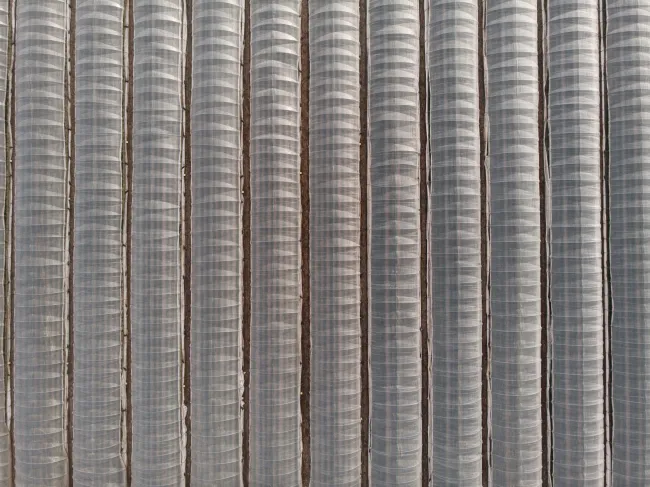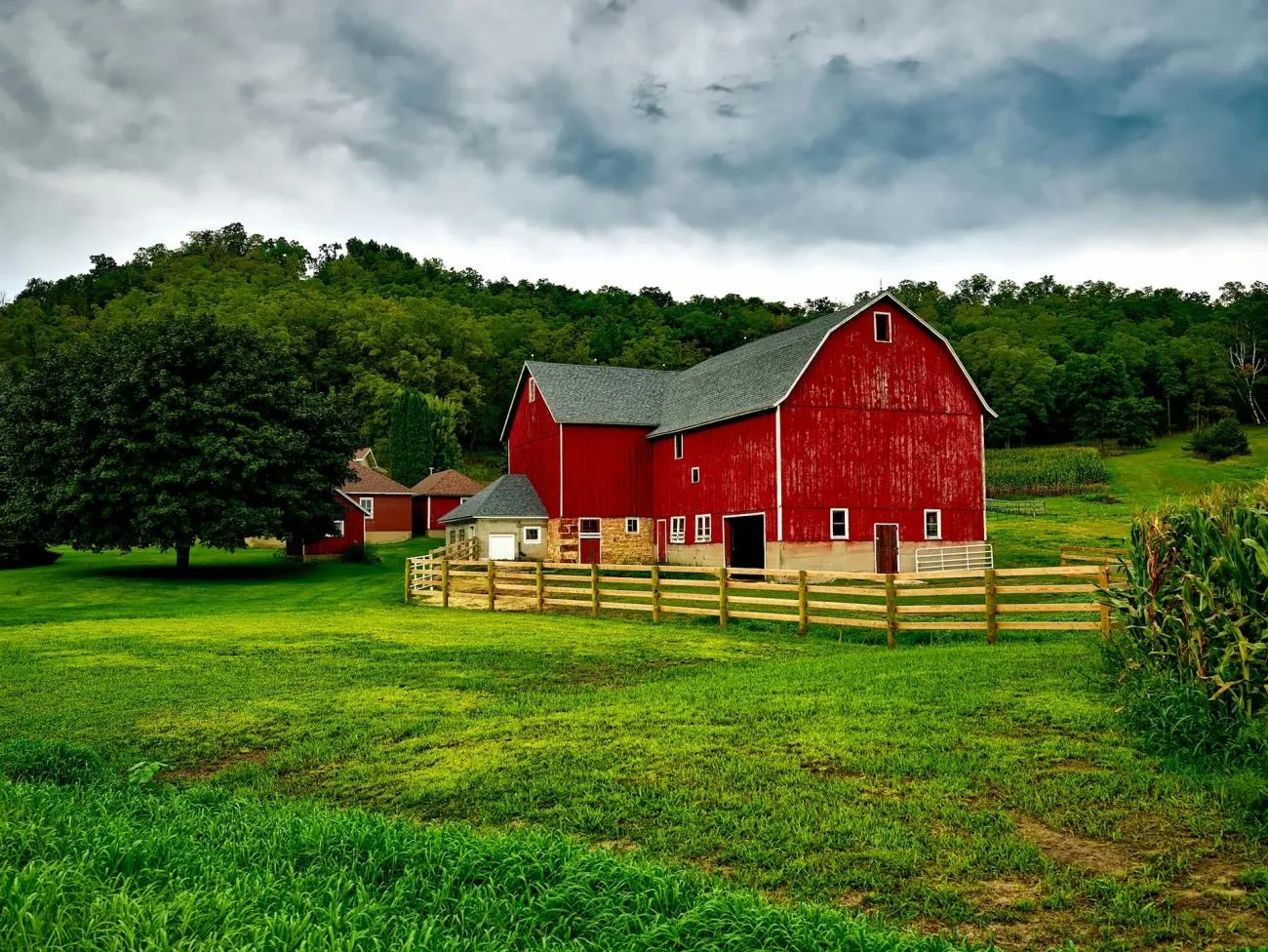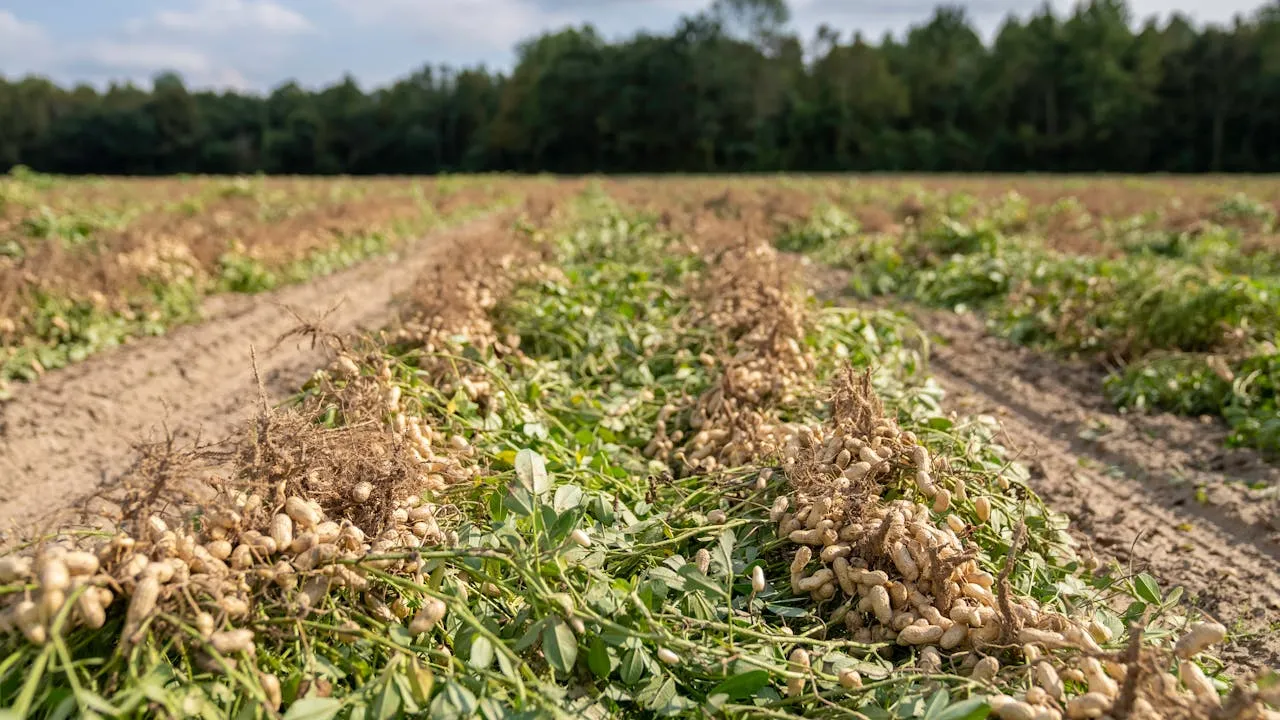This article, using satellite data and artificial intelligence (AI) techniques, seeks to map the global prevalence and rate of expansion of greenhouse cultivation, or food grown under the cover of thin plastic films or glass roofs. The authors present their method as an improvement to geospatial image analysis for greenhouse cultivation coverage. They claim this new method can aid efforts aiming to better understand the environmental and socio-economic impacts of greenhouse cultivation infrastructure expansion.

Summary
This article, using satellite data and artificial intelligence (AI) techniques, seeks to map the global prevalence and rate of expansion of greenhouse cultivation, or food grown under the cover of thin plastic films or glass roofs. Whilst previous data suggests that greenhouse cultivation infrastructure is expanding globally, the authors state previous research lacked appropriate verification through geospatial data, relying on unverified commercial inputs. The authors present their method as an improvement to geospatial image analysis for greenhouse cultivation coverage. They claim this new method can aid further research on the socio-economic and environmental implications of its expansion.
The authors cite two major limiting factors that prevented previous research from accurately capturing the global extent of greenhouse cultivation: lack of compatibility of mapping between countries and lack of inclusion of small-scale greenhouse cultivation due to poor spatial resolution of publicly available satellite data. They state these issues have hindered efforts to understand the environmental and socio-economic implications of expanding greenhouse cultivation including food security and pollution.
With their method, the researchers found there to be in total 1.3 million hectares of greenhouse cultivation in 2019. They found the largest coverage was in Weifang 82,155 (ha), China and Almeria (35,117 ha), Spain. Additionally, they found that the Global South (which importantly includes China in this study) had 2.7 times more greenhouse coverage than the Global North. Figure 1 demonstrates the major findings of the article.
Figure 1: A global map of greenhouse cultivation highlights major and minor clusters as well as total coverage in hectares (ha). Example images from China, Spain, Mexico and Rwanda are provided demonstrating satellite images and their corresponding conversion to greenhouse cultivation coverage. Global South and Global North comparisons are made on the ratio of major and minor clusters, total coverage and share of greenhouse coverage by climates.
The researchers find 60.4% of the global greenhouse cultivation infrastructure to be in China with significant growth occurring over the last 30 years. The researchers question the implications of this expansion in the Global South on socio-economic factors such as potential poverty reduction, especially in peri-urban areas which have seen the most significant increase in greenhouse infrastructure. Whilst the authors pose these questions, they do not venture into hypothesising about the possible effects. They offer their method and findings as an aid to efforts aiming to better understand the impacts of greenhouse cultivation infrastructure expansion.
The researchers sought to identify and distinguish between what they termed major and minor greenhouse cultivation clusters; areas greater than 100 ha covered by high-intensity greenhouse cultivation and small-scale, low-intensity greenhouse infrastructure respectively. They found that 39% of total cultivation coverage was occupied by minor clusters, which have been largely overlooked in previous studies. Whilst the authors claim their method provides better estimates for the extent of coverage than previous research, they nevertheless note they were unable to include minor clusters smaller than 1 ha km-2 - thus their estimates likely still underestimate actual coverage.
The researchers note a lack of research on the socio-economic implications related to surges and periods of stagnation of greenhouse cultivation infrastructure. This is contrasted by a much larger body of literature that details the environmental impacts of the infrastructure. These include water overexploitation in dry climates, surface and groundwater contamination and potential higher carbon footprints compared with that of conventional farming. They point to this as an area of needed future research.
Abstract
Greenhouse cultivation has been expanding rapidly in recent years, yet little knowledge exists on its global extent and expansion. Using commercial and freely available satellite data combined with artificial intelligence techniques, we present a global assessment of greenhouse cultivation coverage and map 1.3 million hectares of greenhouse infrastructures in 2019, a much larger extent than previously estimated. Our analysis includes both large (61%) and small-scale (39%) greenhouse infrastructures. Examining the temporal development of the 65 largest clusters (>1,500 ha), we show a recent upsurge in greenhouse cultivation in the Global South since the 2000s, including a dramatic increase in China, accounting for 60% of the global coverage. We emphasize the potential of greenhouse infrastructures to enhance food security but raise awareness of the uncertain environmental and social implications that may arise from this expansion. We further highlight the gap in spatio-temporal datasets for supporting future research agendas on this critical topic.
Reference
Tong, X., Zhang, X., Fensholt, R., Jensen, P.R.D., Li, S., Larsen, M.N., Reiner, F., Tian, F., Brandt, M., 2024. Global area boom for greenhouse cultivation revealed by satellite mapping. Nature Food 1–11.
Read more here. See also the TABLE explainer What is ecomodernism? and our podcast with Klara Fischer on why "technology is not scale-neutral"




Comments (0)